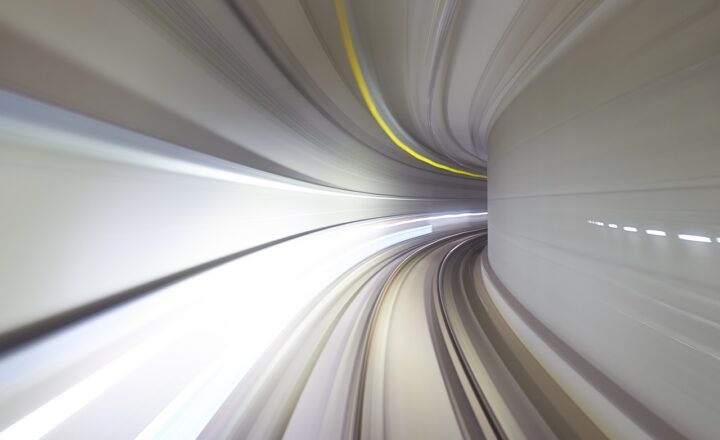The Evolution of Public Transport: From Horse-Drawn Buses to Bullet Trains
November 15, 2024

Public transport has undergone immense transformations since its inception. With each innovation, the way people commute, travel, and interact with urban landscapes has changed dramatically. This article explores the fascinating journey of public transport, tracing its evolution from the humble horse-drawn buses to the high-speed bullet trains of today.
1. The Birth of Public Transport: Horse-Drawn Buses
The concept of public transport began in the 17th century with the advent of horse-drawn carriages. Paris introduced the first horse-drawn bus in 1662. Initially, these buses were merely an extension of existing carriage services and served the affluent who could afford such luxury. The system was rudimentary, relying on fixed routes and schedules that were often disrupted by the unpredictability of horse behavior.
As urban areas flourished, the demand for efficient transport grew. In London, for example, the introduction of omnibuses in the early 19th century revolutionized public transit by offering fixed routes and affordable fares for the working class. By the 1820s, several cities across Europe and the United States adopted similar systems, establishing public transport as a necessity.
2. The Rise of Railways
The industrial revolution brought about significant advances in public transport, the most notable being the railway system. In 1825, George Stephenson built the inaugural public railway in England, connecting Stockton and Darlington. This moment marked a shift from horse-drawn transport to steam-powered locomotion.
Railways expanded rapidly across continents, connecting cities and regions, and making travel faster and more reliable. By the late 19th century, most major cities had urban rail systems, including the London Underground, which commenced operations in 1863, becoming the world’s first underground railway.
3. The Advent of Electric Streetcars
The late 19th century ushered in another significant transformation: the electrification of public transport. The introduction of electric streetcars in the 1880s revolutionized urban commuting. Cities like San Francisco and New York transitioned from horse-drawn streetcars to electric ones, making public transport faster, cleaner, and more efficient.
Electric streetcars paved the way for the development of trams and light rail systems. Their efficiency spurred urban growth and the expansion of suburbs, as residents could commute greater distances to their workplaces. By the early 20th century, many cities across North America and Europe had incorporated streetcars into their public transport networks.
4. Buses: The Flexible Public Transport Solution
Buses emerged as a versatile addition to public transport in the early 20th century. With advancements in engine technology and the use of rubber tires, buses provided a flexible alternative to fixed rail systems. They could easily navigate the crowded streets and adapt routes based on changing urban landscapes.
Cities began investing heavily in bus networks after World War II, accommodating the post-war population boom and suburbanization. Buses became standard in public transport systems worldwide, offering cost-effective solutions to urban mobility.
5. The Era of High-Speed Rail
As technology advanced, the public transport landscape continued to innovate. The introduction of high-speed rail services in the late 20th century marked another revolution. Japan led the way with its Shinkansen, or bullet train, which began operations in 1964, allowing speeds of up to 320 km/h (200 mph).
High-speed rail systems soon spread to Europe, with countries like France unveiling the TGV, which showcased the potential of rail travel for intercity commuting. The benefits of high-speed rail extend beyond mere speed—it significantly reduces travel time, minimizes road traffic, lowers greenhouse gas emissions, and stimulates economic growth in connected regions.
6. Modern Public Transport: Integration and Sustainability
Today, modern public transport systems are characterized by integration and sustainability. Cities are increasingly adopting multimodal transport systems that combine buses, trams, trains, and even bike-sharing programs into a cohesive network.
Moreover, advancements in technology facilitate real-time tracking and scheduling, improving the user experience. Public transport is also rapidly evolving towards eco-friendliness, with electric buses and solar-powered trains becoming more commonplace.
Investments in green technology not only help reduce the carbon footprint but also enhance the overall quality of urban life. Sustainable public transport solutions contribute to less congested streets, decreased pollution, and healthier communities, aligning with global efforts to combat climate change.
Conclusion
The evolution of public transport mirrors societal changes and technological advancements throughout history. From the simplicity of horse-drawn buses to the complexity of integrated, high-speed rail systems, public transport has continually adapted to meet the needs of growing populations.
As urban centers expand and the global community faces environmental challenges, the future of public transportation will be critical. Innovations that prioritize sustainability, accessibility, and efficiency will shape how we move in the coming decades. Embracing this evolution not only honors our past but also prepares us for a more connected, sustainable future.





